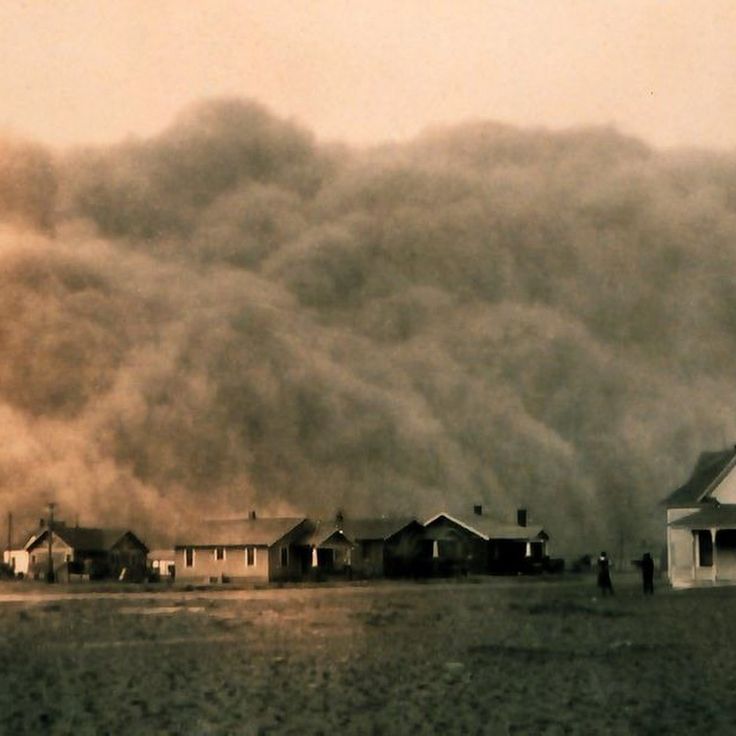Dust Bowl 2.0
July 14, 2023


Below ground, a plant’s root system mirrors the size of the plant above ground. For trees and bushes, the root zone spreads across the surface to the leaf zone. For grass, the roots form interwoven mats. The roots help anchor the plant and collect water and nutrients from the soil. But they also do something even more profound – they hold the soil in place. Even during high winds and torrential downpours, the roots in our pastures hold all our precious topsoil in place. Cultivating the earth destroys the roots (that’s the point) and exposes all the topsoil to the threat of wind and water erosion.
Prior to the 1930’s, many factors set the stage for one of the worst (man-made) environmental disasters this country has ever seen – and one we seem destined to repeat. “Manifest Destiny” and the Homestead Act, encouraged massive westward expansion. The First World War created a huge demand for American wheat and the invention of the gas-powered tractor made plowing the earth practically effortless. So, by 1930, 32 million acres of some of the world’s most fertile, and fragile, grasslands were plowed up to grow annual crops. What little rain the Great Plains region normally received was traditionally brought in by the jet stream in the Gulf. In 1930, though, abnormal sea surface temperatures (SST) caused the jet stream to weaken and essentially cut off all of the rain to that area entirely. The unrelenting drought continued for most of the decade. Absolutely nothing grew and the newly cultivated topsoil remained exposed and vulnerable to each and every passing wind.
It’s estimated that 1.2 billion tons of topsoil were lost during 1934-1935 alone. In May, 1934 a storm in Oklahoma picked up topsoil in a dust cloud two miles high and traveled over 2,000 miles to blanket NYC and Washington DC in dust. The Capitol building and the Statue of Liberty were both completely obscured by the enormous cloud of dirt. On April 14, 1935 (referred to as “Black Sunday”), an estimated three million tons of topsoil blew off the Great Plains in just one 24-hour period.
Today, there are 329 million acres of heavily cultivated annual cropland and exposed topsoil across the country, which is approximately three times the amount of soil that was under cultivation in the 1930s. The Great Plains alone has almost twice the number of acres under cultivation than it did back then - and is now losing grassland to cultivation at a rate faster than the Amazon Forest is losing its trees.
And the sea surface temperature is most definitely rising…
Purchasing grain for our animals supports an industry which relies on heavy annual cultivation at best - and includes huge fertilizer inputs and pesticides at worst. That, in a nutshell, is why Anne and I strive to raise all of our animals grain-free.


